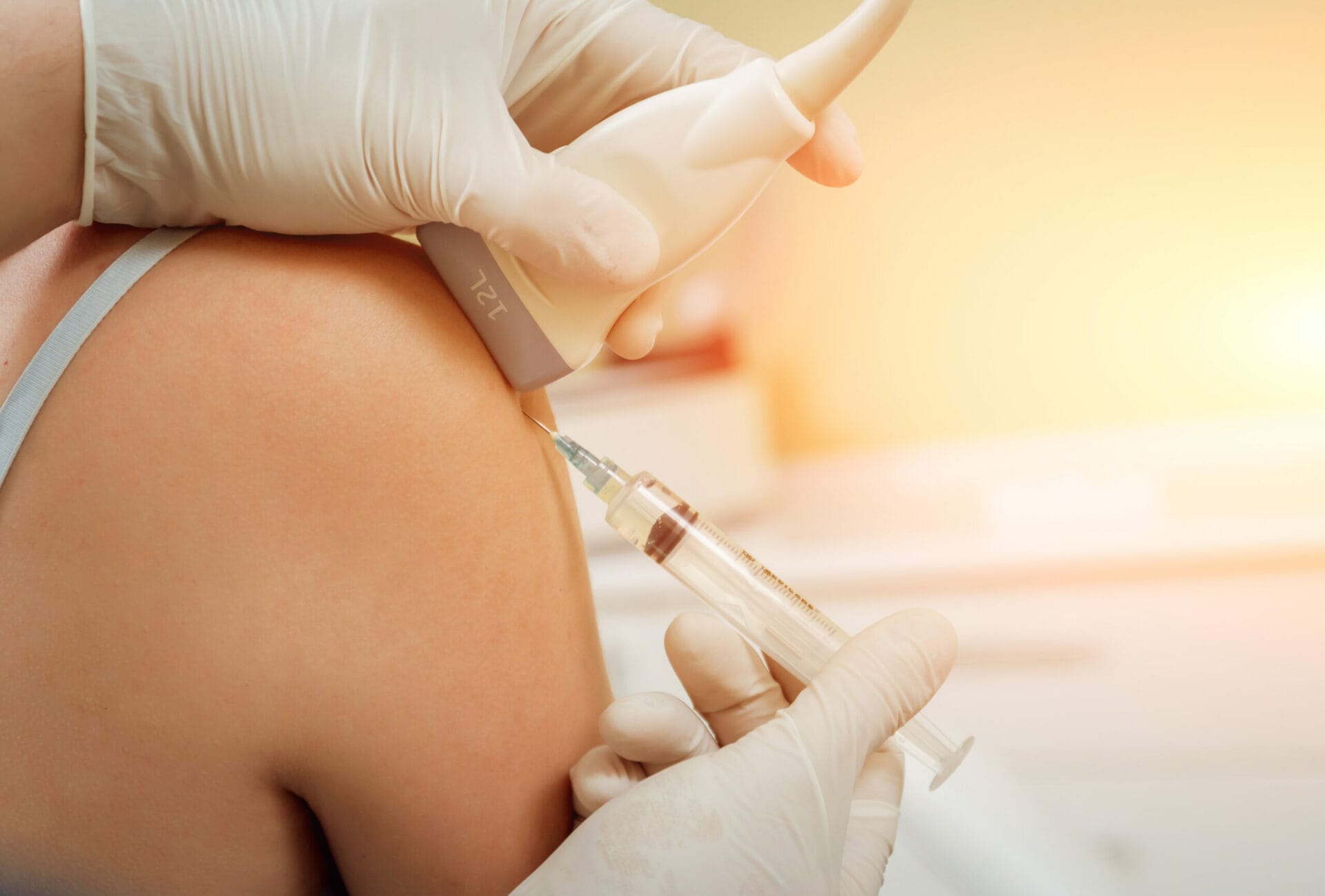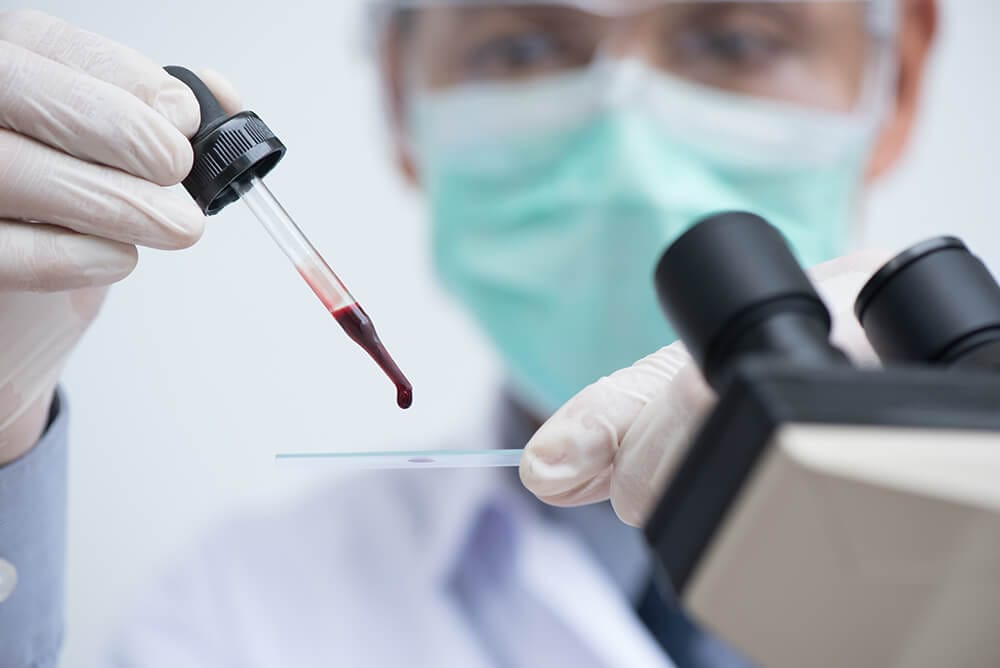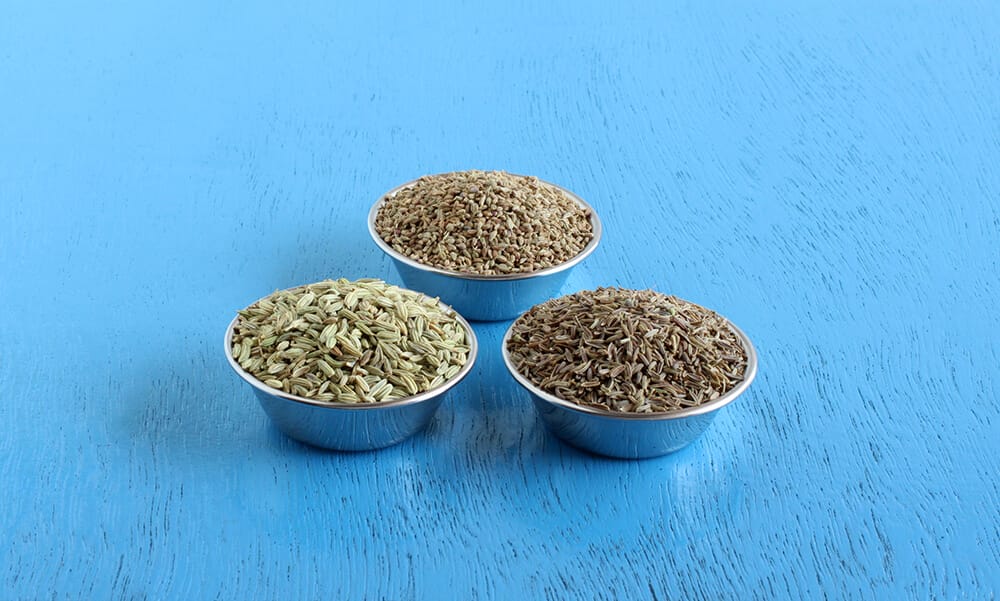
PRP: Platelet Rich Plasma Injection Cost, Working, Risks & Recovery
An overview of PRP
People can heal themselves, given the regenerative power of the cells. Till a certain age, when a person suffers an injury, they can leave the wound alone and it will heal itself. Not just wounds, infections and pathogens are also dealt with by the immune system. This is mainly due to plasma and its components.
Recent studies have highlighted the healing properties of plasma and platelet-rich plasma or PRP treatment has become the new favorite. PRP injection therapy has emerged as a regenerative medicine where the patient’s own plasma is used to treat injuries or diseased parts. The use of the patient’s own plasma helps in dealing with musculoskeletal issues effectively.
PRP injections
The platelet-rich plasma injections are prepared after blood from the patient is taken and given a spin in the centrifuge. The blood is mainly made of plasma with some solid components. This plasma carries most of the healing agents, and when activated, it can provide quick healing at the time of injuries.
This regenerative therapy treatment is quickly becoming the norm for people who need faster recovery. The fields of sports science and dermatology are hailing PRP injection therapy as the trend because of the benefits the treatment provides. To date, the FDA or Food and Drug Administration has approved platelet-rich plasma therapy for the treatment of bone grafting. But, doctors do use this therapy for treating aging issues or to promote the growth of hair follicles or muscles.
Purpose of PRP injections
The platelet-rich plasma injections or PRP injections are used for various treatments concerning the regeneration of tissues and cells. Platelets are known to help blood clot and also form a protective layer over wounds that help them heal. The platelets also contain proteins and growth factors that act as catalysts to promote cell growth and reparation. Platelets are also responsible for providing immunity and preventing infections. The PRP injections work on the principle that adding a concentrated amount of this platelet plasma will accelerate healing.
Doctors and researchers have tried platelet-rich plasma injections in the following treatment:
-
- Tendon injuries – tendons connect the bones with the muscles. Once injured, tendons take a long time to heal. People in the sports field often face tendon injuries like tennis elbow, jumper’s knee, or Achilles tendonitis. If left untreated, these can develop into chronic injuries. PRP injections showed positive results when people suffering from these injuries were given shots in a prescribed manner.
- Hair growth – male pattern baldness or androgenic alopecia is a concern for both men and women. It is a genetic disorder that causes the hairline to recede and results in hair loss. Research conducted in 2014 did show the beneficial effects of PRP for promoting hair growth in people suffering from androgenic alopecia. The results are known to last for at least 2 years.
- Postsurgical healing – recently, PRP injections are being used for treating shoulder wounds after surgeries. Researchers have seen the quick and effective healing properties of PRP, especially in treating rotator cuff tendons.
Preparing for PRP injections
In order to prepare the shot, blood from the patient is drawn and then placed in a centrifuge. The spinning motion separates the components of the blood into solid cells and plasma with little platelets.
Platelet-rich plasma therapy requires some preparations from both the doctor and the patient. A typical therapy session can last from anywhere between 45 minutes to 2 hours. If additives or anesthetics are required, then the time will vary. The condition of the patient is also taken into consideration. If the patient is on any medication which can affect the procedure, it will be required to stop.
PRP injection procedure process
The PRP injection procedure is like any other immunization process. But, this platelet-rich injection is made on the spot from the patient’s blood. After the blood is centrifuged, the separated components are removed and the plasma is then added to another vial. The area where the injection will be administered is cleaned with an alcohol swab or Betadine. Before administration, a local anesthetic is used to numb the pain, as the process of injecting the plasma takes several minutes.
Additives like calcium chloride are added to enhance the regenerative properties of the plasma to make the injections work faster and more effectively.
PRP injection costs
The PRP injection cost can vary from doctor to doctor and from clinic to clinic. The overall PRP treatment cost also depends upon the number of sessions required for the therapy to be effective. In terms of the base rate, the PRP injection therapy can cost between Rs. 6000 to Rs. 10,000 per session.
PRP injection potential risks and side effects
The PRP injection utilizes the patient’s own plasma, and hence, poses no potential side effects. But, since the procedure requires injecting, the person might feel pain and irritation around the area of venipuncture . Some people can complain of bleeding, but these are controllable side effects and pose no threat to a person’s health and life.
Since PRP therapy is comparatively new, there are fewer known allergic tendencies and very rare reports of patients sustaining nerve injuries or developing infections have emerged. Also, people suffering from diseases like cancer or anemia should not opt for PRP therapy.
Post-injection recovery and precautions
The post-injection recovery period can vary upon the nature of the injury, rather than the shot. While the general request for getting rest is related to the injury, the injection can cause swelling around the venipuncture area and the patients can experience slight pain. Hence, doctors usually advise people who have gotten the PRP injection to rest for two to three days.
Drinking lots of water is also one of the best ways to ensure that the site heals faster. Another important point to remember is that people who have undergone the injection therapy should avoid taking medications and supplements in order to prevent complications in the treatment. These medicines include anti-inflammatory drugs, blood-thinning medications, and steroids.
The recovery timeline depends on the injury. While the effects of the therapy are not seen immediately, people who undergo platelet-rich plasma therapy can notice changes and feel better within two weeks of starting the session.
Conclusion
PRP injections and plasma-rich plasma therapy offer conclusive remedies to people who are looking for better healing properties. PRP utilizes the patient’s own plasma, which does offer effective and risk-free treatment. Yet, as with all medications, PRP too comes with its risks and limitations. While it is hailed as a groundbreaking regenerative therapy, not all people can benefit from this treatment. Before opting for PRP injections, it is best to consult a doctor.
FAQs
Can a person take a bath after the therapy?
It is advised to refrain from taking a bath for at least 24 hours post the session. It is also advised to not take hot baths or opt for a sauna within the first 72 to 96 hours.
When can a person begin medications?
If the patient requires medicines for his/her conditions or for other diseases, it is advised to resume the same after consultation with a doctor. People can ingest NSAID after 4 to 5 days of the session.
What food should be avoided?
While there are no set limitations, it is generally advised to avoid spicy food for about a month, as most herbs and spices have anti-inflammatory and blood-thinning properties.















